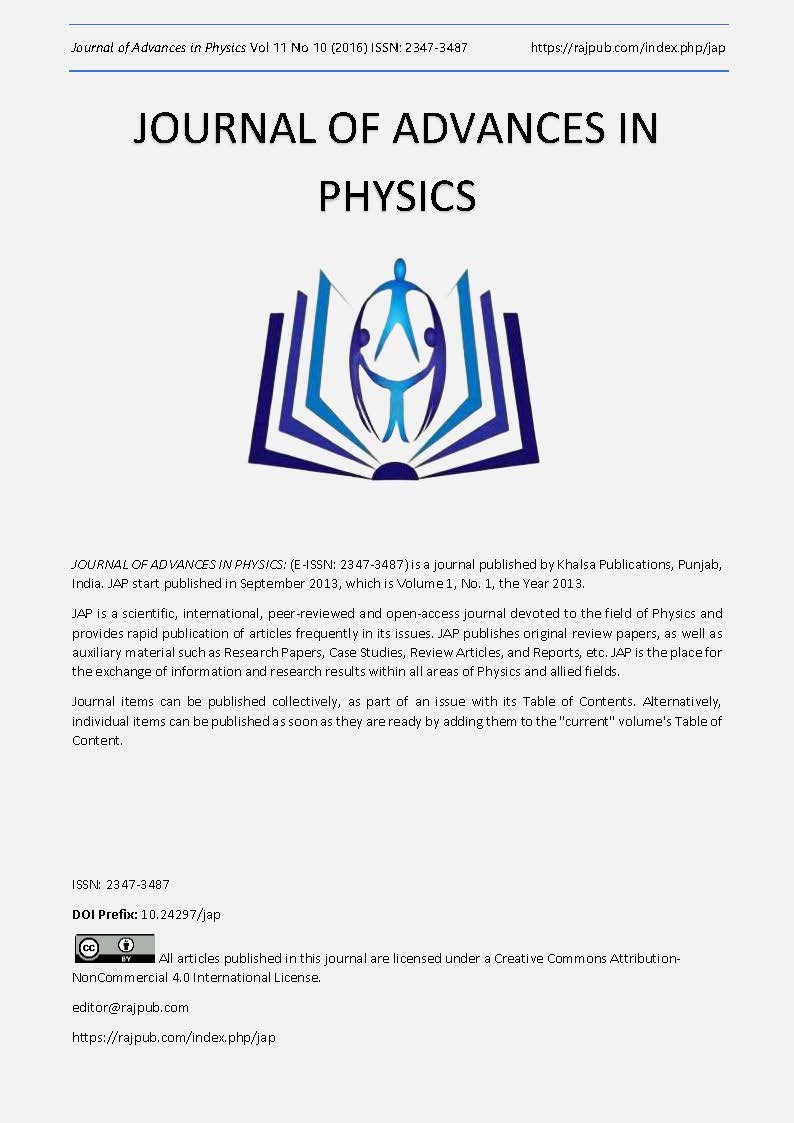Translocations In Space-Time and Simultaneous States of the Universe: Convergent Quantifications and Alternative Solutions from the Principles of Physics for the Challenges of Time Travel and Parallel Universes
DOI:
https://doi.org/10.24297/jap.v11i8.195Keywords:
4-D space, Temporal Displacement, Single Photon Effects, Volumetric Mass Velocity, Entropy, Universal Set, 10-52 kg, Time Travel, Parallel UniversesAbstract
Translation of four dimensional axes anywhere within the spatial and temporal boundaries of the universe would require quantitative values from convergence between parameters that reflect these limits. The presence of entanglement and volumetric velocities indicates that the initiating energy for displacement and transposition of axes would be within the upper limit of the rest mass of a single photon which is the same order of magnitude as a macroscopic Hamiltonian of the modified Sch dinger wave function. The representative metaphor is that any local 4-D geometry, rather than displaying restricted movement through Minkowskian space, would instead expand to the total universal space-time volume before re-converging into another location where it would be subject to cause-effect. Within this transient context the contributions from the anisotropic features of entropy and the laws of thermodynamics would be minimal. The central operation of a fundamental unit of 10-20 J, the hydrogen line frequency, and the Bohr orbital time for ground state electrons would be required for the relocalized manifestation. Similar quantified convergence occurs for the ~1012 parallel states within space per Plancks time which solve for phase-shift increments where Casimir and magnetic forces intersect. Experimental support for these interpretations and potential applications is considered. The multiple, convergent solutions of basic universal quantities suggest that translations of spatial axes into adjacent spatial states and the transposition of four dimensional configurations any where and any time within the universe may be accessed but would require alternative perspectives and technologies.
Downloads
Downloads
Published
How to Cite
Issue
Section
License
 All articles published in Journal of Advances in Linguistics are licensed under a Creative Commons Attribution 4.0 International License.
All articles published in Journal of Advances in Linguistics are licensed under a Creative Commons Attribution 4.0 International License.




